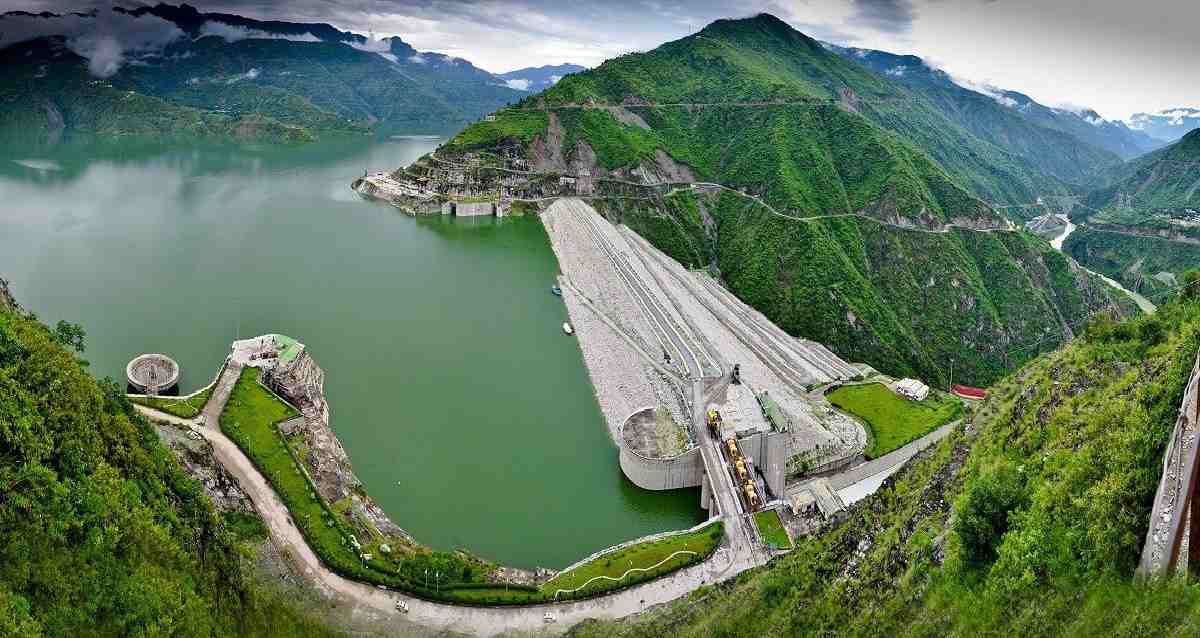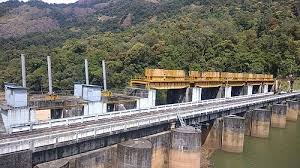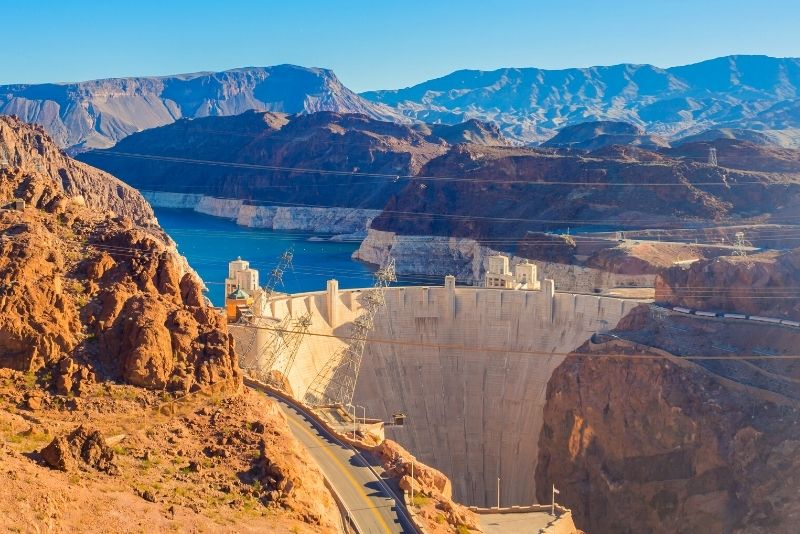Dams are generally constructed to store water for domestic and industrial use, for irrigation, to generate hydro electricity or prevent flooding.
The type of Dam constructed is based on factors such as local geology, shape of the valley, climate, and availability of materials, manpower and plant.
There are three main types of dam:
• Gravity
• Arch
• Buttress
Gravity dams
• Gravity dams are of relatively simple design. They are usually slightly curved in plan and rely on self weight to resist the hydrostatic forces that act upon it.
• 83 % of dams over 15m high are earth or rock embankments and 11% are concrete gravity dams.
• Typical heights of large gravity dams are between 50 – 150m.
• Concrete gravity dams must be built on a strong rock foundation when over 20m in height and are expensive as large amounts of concrete are used.
• Rock or earth fill embankment dams can be built on relatively week foundations as the dam is wide at its base, making them ideal for constructing in wide shallow valleys. They are made water tight by an impermeable core or membrane on the upstream face.
• The spillway to an earth and rock dam is a separate structure as erosion can occur if water spills over the embankment.
Arch dams
• Arch dams are nearly always constructed from reinforced concrete but only use about 20% of the concrete that would be required for a gravity dam.
• The strength of the arch is used to pass on the hydrostatic force to the foundations which must consist of very strong rock.
• Arch dams require narrow, steep sided valleys where the length of the dams crest is limited to about 10 times its height.
• Typical arch dams are 70 – 250m in height and make up only 4% of the worlds large dams.
• In design arch dams are complex structures with curved surfaces in both plan and section. Most of the hydrostatic force is resisted by the arching action between the abutments and the rest by cantilever action at the base.
Buttress Dams
• Buttress dams are a combination of arch and concrete gravity dams. Flat slab type dams have a continuous upstream slab face with downstream buttresses to provide strength and stability. Multiple arch type dams are used when the valley is too wide for a single arch dam.
• Typical heights of buttress dams are 30 – 90m for a flat slab and 40 – 220m for a multiple arch, with 2% of the worlds largest dams being buttress type.
• Buttress dams require 60% of the concrete required for a gravity dam but are not cheaper because of reinforcement and complex formwork.
Dam spillways
Spillways allow floods to pass safely over, through or around dams into the downstream channel without causing damage.
Different types of spillway include overflow, chute, side flow, shaft crest gates and siphons. The type of spillway used depends upon the type of dam in place, its size, the topography of the area and the operation of the spillway.
An overflow spillway is part of the dam designed to allow water to flow over its crest. They are common in concrete dams but erode earth or rock dams.
A chute spillway is a steep concrete channel that takes water from reservoir level down to river level.


